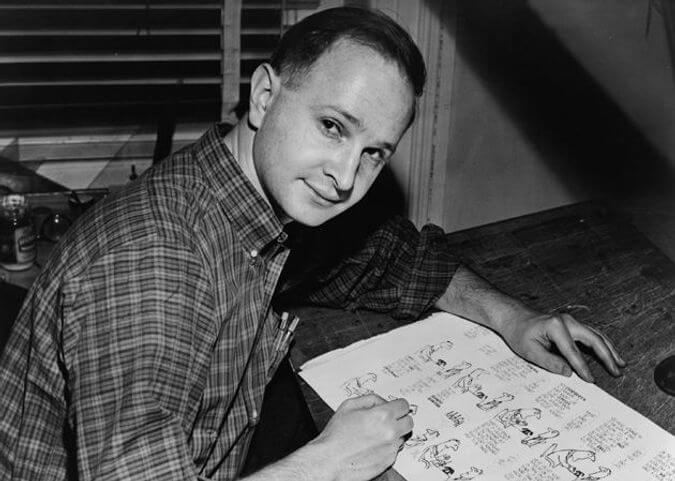Thesis to Conclusion in 23 Years

Image by Sony Pictures

Strange Journey: The new movie ?A Dangerous Method? improbably began as a densely-worded academic dissertation. Image by Sony Pictures
In 1989, a densely written, 600-page doctoral dissertation landed, unbidden, on the desk of Peter Dimock, who at that time was an editor specializing in intellectual projects at Vintage Books, a division of Random House. In Dimock’s appraisal, the work, by a newly minted clinical psychologist named John Kerr, was not ready to be a book, let alone the core of what it would become more than two decades later: a star-studded $20 million movie.
Dimock was Kerr’s guest at the premiere of that movie, David Cronenberg’s “A Dangerous Method,” at the 2011 New York Film Festival. The movie, based on Kerr’s work and on a later play by Christopher Hampton, is set in the heady early days of psychoanalysis. It focuses on the fraught relationships between Carl Jung (Michael Fassbender), Sigmund Freud (Viggo Mortensen) and a heretofore obscure but intriguing woman named Sabina Spielrein (Keira Knightley). In August 1904, the Russian-born Spielrein, not yet 19, was brought to Jung’s Zurich clinic in a violently hysterical state. She was cured, and probably had an affair with Jung before she went on to become a pioneering psychoanalyst who hobnobbed with Freud in Vienna and contributed to early psychoanalytic theory.
In Kerr’s analysis, Spielrein may also have had been “the specific historical catalyst” in the eventual estrangement of Freud and Jung. In July 1942, she and her two daughters, having returned to her native Rostov-on-Don in Russia and apparently refusing to flee eastward for refuge, were murdered by the Nazis.
Kerr, who is now 61 and practices clinical psychology in Portland, Maine, is the son of New York Times theater critic Walter Kerr and writer Jean Kerr. His mother’s book “Please Don’t Eat the Daisies” became a TV sitcom and a film, the latter starring Doris Day. In 1982, while he was a New York University graduate student, Kerr was a researcher for movie director and screenwriter Paul Schrader, who was planning to write a play about Jung, Freud and Spielrein. That project was stillborn, but Kerr stayed with the topic for his doctorate. After completing it, Kerr delivered his dissertation to the New York University registrar, only to be told that it would have to be retyped in the proper format. “I was living hand to mouth; the most I could make was $10 per hour. I couldn’t afford that,” Kerr said. And so his dissertation was never formally registered. “That remains a fretful subject for me,” he said.
Dimock agreed to read the pile of pages as a favor to a colleague who was also Kerr’s drinking buddy. “My first reaction was that an important human narrative has been buried under theory in order to make insulated points aimed at the psychoanalytic profession,” Dimock said. “It prevented access to the lives, and as a reader that made me outraged. So I just wrote what I thought in the margins and figured this person, whom I’d never spoken to, was really going to hate me. When he called, I told him he could come in to talk to me, but I wasn’t going to change my game.”
Far from hating Dimock, Kerr took his editorial advice to heart and rewrote the manuscript. Plenty of theory remained, but the storyline had bloomed, with all three principals gaining presence — especially Spielrein. “You identify with Spielrein because Freud and Jung are the godlike icons on pedestals,” Kerr said in a recent talk at The New School. “Sabina is the ordinary person. She brings Jung and Freud down to eye level.”
In 1993, at Dimock’s recommendation, Alfred Knopf (another division of Random House) published Kerr’s revised work as “A Most Dangerous Method.” Though Dimock calls it “one of the two or three finest books I’d ever worked on,” it sold only modestly in America. But Knopf optioned the book to Julia Roberts’s production company, which planned to make a movie for 20th Century Fox. It was to be called “Sabina” and would star Roberts. For the script, they turned to Christopher Hampton, a shaggy-maned stage and screenwriter with a long list of impressive credits (including the 1988 film “Dangerous Liaisons”) and an ongoing interest in Freud.
In a telephone interview with the Forward, London-based Hampton says that he “hung out for a few days” with Kerr in New York before visiting the clinic in Zurich where Jung had treated Spielrein. Near closing time, he encountered an elderly employee who had worked as an orderly under Jung. Taking Hampton to a basement archive, the old man pulled out a dusty volume of patients’ records from 1904. “I can only let you look at it for half an hour,” he told Hampton, “but there’s a copier in the corner.” Left alone, Hampton plucked Spielrein’s treatment folder from the file, which until then had been sealed for the better part of a century, and “just copied it all and took it home.” “I believe projects like this do have a destiny,” Hampton said, “and this was my breakthrough.”
Roberts decided against making “Sabina,” possibly because, as Hampton said, “the people around her were not anxious for her to stick her feet in these waters.” (The film includes two mildly sado-masochistic spanking interludes.) At the New School, Kerr, a professorial-looking man with stooped shoulders, a shock of white hair and a ready giggle, put his own twist on Roberts’s bail-out: “They decided that Julia would not be a psychotic hysteric masturbating under her dress after she’d made ‘Pretty Woman.’”
In a break from the norm, Roberts gave Hampton the rights to the script he had written for her. Kerr was relieved that Hampton, with his strong personal interest in the material, would stay in the picture. “I remember saying to myself, ‘Johnny, if anyone is ever going to make a movie out of my book, it will bloody well be him.’”
What Hampton did next was write a play. As he worked on the script, “the focus shifted from Spielrein to Jung. He became the fulcrum of the whole plot.” The play, now called “The Talking Cure,” opened in London in 2002, with Ralph Fiennes as Jung and Jodhi May as Spielrein. Cronenberg, for whom Hampton would write the script for the 2007 film “Atonement” (with Knightley), read the play and called him. “He said he thought it would make a good movie,” Hampton said, “and off we went. It wasn’t what you bargained for, but it was what you dream of.” For Kerr, the movie sale must have been beyond a dream: The work that he could not afford to have retyped had turned into a substantial payday on which he received 90% of a sale price that he calls “in excess of $200,000.”
Peter Hellman is co-author of “Chief! Classic Cases from the Files of the Chief of Detectives,” recently released in a new edition as an ebook.
A message from our Publisher & CEO Rachel Fishman Feddersen

I hope you appreciated this article. Before you go, I’d like to ask you to please support the Forward’s award-winning, nonprofit journalism so that we can be prepared for whatever news 2025 brings.
At a time when other newsrooms are closing or cutting back, the Forward has removed its paywall and invested additional resources to report on the ground from Israel and around the U.S. on the impact of the war, rising antisemitism and polarized discourse.
Readers like you make it all possible. Support our work by becoming a Forward Member and connect with our journalism and your community.
— Rachel Fishman Feddersen, Publisher and CEO






















